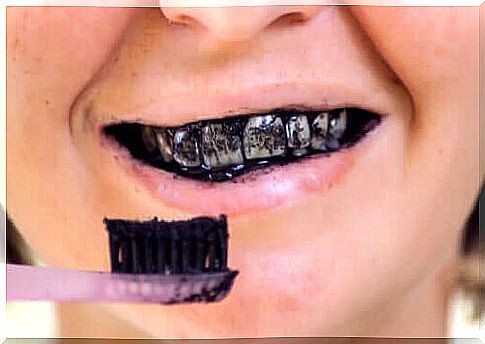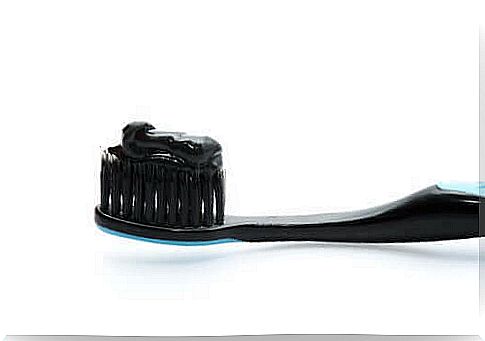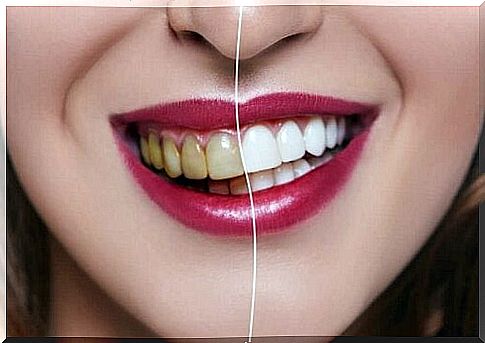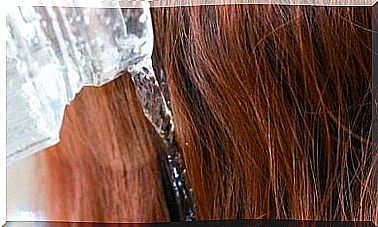The Risks Of Activated Charcoal For Oral Health
There are a lot of videos on social networks in which it is claimed that activated charcoal is a near-miraculous substance to whiten teeth. This information is not only false, but it also entails significant risks.

Recently, we have seen videos and posts from many influencers on the networks, in which they talk about the supposed properties of activated carbon to whiten teeth. Several odontologists have strongly denied this type of information.
Not only are these claims that activated charcoal whitens teeth false, but they also pose serious risks to oral health. The expert also stressed the importance of obtaining information from oral health professionals, instead of believing baseless information circulating on social networks.
He added that the active carbon is a highly abrasive substance , which can even cause severe dental problems. He compared using activated charcoal to passing sandpaper on your teeth. And the worst part of all of this is that activated charcoal isn’t even used to make teeth whiter.
Activated carbon
Activated carbon is a substance that is obtained through a chemical process in which coconut is used. This material is extremely aggressive, and by applying it to the teeth, you can significantly wear down tooth enamel.
Worn tooth enamel then involves great risks. The first is that it leaves the nerves unprotected, and the consequence of this is greater tooth sensitivity. Thus, activated charcoal is so aggressive that it can attack the gums.
The most paradoxical is that by rubbing activated charcoal on the teeth and thus wearing away the tooth enamel, what remains in sight is a layer called dentin. Dentin is more yellowish in color than natural enamel . That is to say that in the end, not only does this product generate risks for oral health, but in addition, it does not lead to the desired whiteness effect.

And what appears on the videos?
There are many influencer videos where we are shown before / after images. We can then see yellowish dentitions on which we apply the activated charcoal. Then, after rinsing, those teeth appear to be crisp white.
What really happens with these images is a very basic optical effect. With charcoal, teeth appear black. By rinsing them, the contrast with the previous image will lead us to believe that they are white, when they are not.
C ette information is completely false. However, the impression that remains with viewers is that the product is effective. This is precisely where the risk lies with these types of messages: they present deceptive evidence that generates a feeling of credibility.
The color of the teeth
The expert also insisted that the teeth are not so white in color, but their natural color is ivory. Thus, genetic factors or the consumption of certain substances such as tea, coffee or tobacco modify this natural color.
Not having ultra-white teeth does not mean that there are hygiene problems, or that there is a defect. This is perfectly normal. It is oral health that is important, and not the deceptive aesthetic effects which, moreover, prove to be dangerous.
It is advisable to brush your teeth at least twice a day, with toothpaste that contains fluoride. Thus, it is also necessary to appeal to dentists and follow their advice. The dentist is the right professional to perform tooth whitening processes.

Teeth whitening does not need activated charcoal
We emphasize something that is said frequently: any process involving the teeth should be supervised by an oral health professional. Nor what the influencers , nor information that appears on unprofessional pages should be taken seriously.
The dentist is the person qualified not only to carry out the dental whitening process, but also to assess the oral health of each patient before applying any treatment. There are gum problems, cavities and other abnormalities that make bleaching risky.
The procedure for teeth whitening must be planned and requires careful monitoring so as not to generate unwanted effects. Thus, the patient should be informed of the contraindications and risks of this type of procedure.









